Matthew Troughton on Mixing Up Creative, Technical and Business Magic
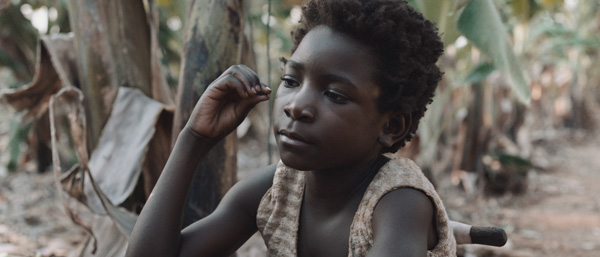
'I Am Not a Witch'
Matthew Troughton, Senior Colourist at London post-house Creativity Media, started his career just as DI and digital grading were gaining recognition as critical, differentiating elements of post production. At the same time, he discovered that the people who knew how to manage the often less-than-reliable technical side of the machinery also got the chance to get more deeply involved and develop their creative side.
“I knew how to manipulate the buttons and cables, so I earned my place on the launch pad a lot quicker than I think I would today,” Matthew said. “That mix of creative and technical still hits the spot for me now, and means I never get bored.”
His first jobs in grading took him through the earliest days of some of the new generation systems such as Final Touch that was later renamed Apple Color, Assimilate Scratch and various others. Before moving to Creativity Media, he held the position of head of post production and senior colourist at Met Film Post in Ealing Studios. “The early experiences were pretty tough with lots of crashes and limitations that you had to hide and mow through with clients sitting over you. Nonetheless, we produced some great creative results from those systems and began to get a following of producers and creatives,” he said.
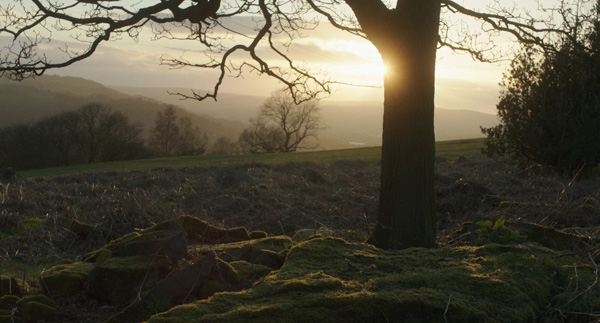
'God’s Own Country'
“At the time, I realised that in order to scale up, both in terms of business volume and creative results, our team needed a grading system that had both rock solid reliability and support, and top class tools. With this, we could spend the maximum amount of time throwing colour on screen and not get stuck fiddling with buttons and filters.”
Mastering the Tools
Creativity Media is based in St. Katherine Docks near Tower Bridge in London, and primarily handles indie feature drama and documentary, supplying post services across image, sound and delivery. At the studio, he has had opportunities to grade and perform grading services for a huge range of genres, styles and budgets, from the action and adventure of '47 Meters Down', 'Final Score' and 'Stratton', through to award-winning drama such as 'I Am Not A Witch', 'God’s Own Country', and his recent favourite about to be released, 'VS.' (Versus).
Nevertheless, he said, “The company avoids filling the facility with a long list of projects and takes pride in focussing entirely on just a few films at a time, which allows everyone to really engage with projects in a way that I think is rare. It’s the total opposite of the sausage-factory approach that sometimes appears, especially if budgets are tight. But if we do it – we do it right.
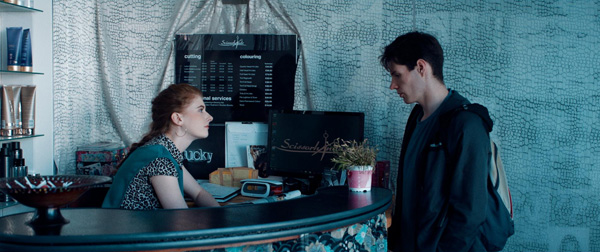
'VS.'
“I work as the company’s Senior Colourist, but I also lead picture post as a whole, as well as the strategy for our systems, hardware and software. We are using FilmLight's Baselight grading system. It’s a big chunk of work, but I find it hugely enjoyable blending the creative and technical work. In truth, more so now than ever, treating creativity and tools as a joined approach – with both driving each other – is critical to the future success of the industry.”
Staying Focussed
Occupying several roles simultaneously has made Matthew very strict about focus. “When I’m grading, I’m grading – and likewise for the other hats I wear. This presents challenges, as the world doesn’t stop outside the grading suite, but luckily we have an amazing team to make sure things run smoothly,” he said.
“I find that taking a direct role on projects, working and collaborating with clients, gives me an immediate understanding of the creative desires and technical challenges that emerge on a day-to-day basis. As a result, we’re able to react rapidly to problems or engage with partners to enable creative ideas or needs.
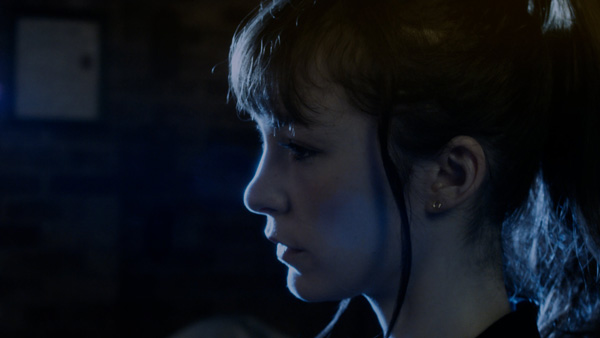
'Erica'
“For example, we are currently working on a fantastic Sony PS4 game called 'Erica', a live action interactive experience that will be out next year. The Baselight support crew have been helping us to develop workflows and tweak various aspects of Baselight to get the results the developers want, both technically and creatively. It’s extremely useful to be in the middle of the fray myself.”
In Perspective
Matthew considers the grading process to be collaborative and believes the route to the best result is to continuously exchange ideas – even argue about them if necessary. He and his team always try to be involved from before the shoot. Working with DPs, especially with references, style-finding grades and LUTs created for on-set are a major part of that stage.
Matthew said, “It’s also critical, however, to allow the team to have some perspective – to leave the suite and come back fresh. It's important to avoid keeping someone slavishly stuck in the suite. Normally we will have a patch of time where I flesh out some reels and then we review, which helps many people find their direction on a project. It’s easy to quickly get snow blinded.
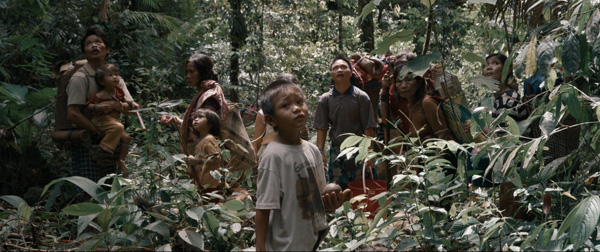
“I always take peoples’ first reaction as vital on reviews as well. Too many times you can go back to a shot that jolted someone, isolate and replay it 20 times and have them say, 'Oh, maybe I was imagining it.' But it’s all about the context - if it felt odd after watching the previous five minutes, the same effect will be there the next time you see it.”
I Am Not A Witch
From the outset, director and screenwriter Rungano Nyoni of 'I Am Not A Witch' made it very clear to the post team that she wanted to avoid the stereotypes sometimes used to represent Africa. She wanted to ground the film in reality, emphasising the arid, dry nature of the location and setting while not making it look overtly hostile. She wanted to bring out the beauty of the imagery that the DP David Gallego had deftly captured, but without obvious embellishment.
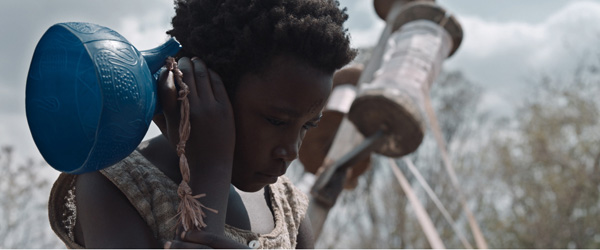
'I Am Not a Witch'
“Ironically, films that you don’t want to look as though you have done anything to are often the most challenging. There is inevitably lots to do, especially in marrying styles and crafting the journey of the colour and story across 90 minutes. It had to look effortless. We ended up building some great base styles using a combination of tonal responses and colour cross talk models from film stock profiles.”
Tonal responses look at the relationship between the range of luminance coming from a scene, and the lighting within the scene that reaches the camera sensor, and are interesting for a colourist because a digital camera's response to light is linear whereas our eyes and display screens respond along a curve. Colour crosstalk models show how far the light signals from pixels in an image are affected by adjacent pixels.
“We had to be very careful to iron out the more aggressive tonal results, showing the brightness and differences in brightness across the image that you can get from some stock outputs, in order to keep things gentle,” said Matthew. “The more organic colour responses, especially in the costumes and landscapes, really helped add that subtle finesse to the colour we were after.”
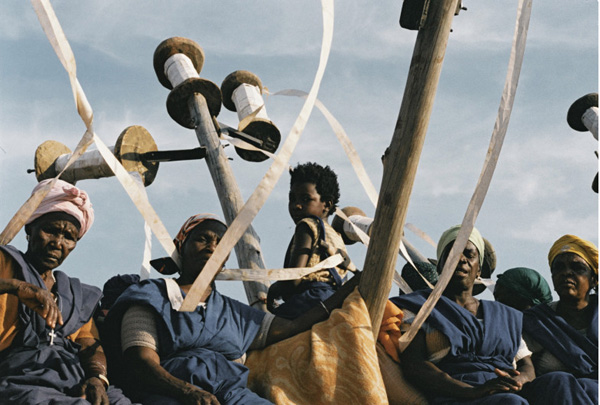
'I Am Not a Witch'
Talking the Talk
What also fascinated Matthew was the convergence of the language that Rungano, David and he had to work with when describing how each one thought something looked or how they wanted it to feel. He said, “For instance, Rungano’s description of lush and verdant landscapes, having much experience of Africa, was very different to David’s, who lives in Columbia with its wet monsoon-drenched deep greens, and to mine with the emerald morning leaves. We all had to thrash out what these terms meant to the colours and landscapes and skin tones in front of us.
“The difference was a real eye opener. It hammered home how easy it is for both artists and audiences to fall into stereotypes and clichés. Going on the journey to portray Rungano’s Africa with its gentler, more neutral ambience was revealing.”
The film called for some of the Baselight tools that Matthew said he uses the most, as well as some new ones. “I use curves a lot - working with curves allows you to adjust individual colour channels with a lot of control, very useful if you need to tweak the colour balance controls that alter all channels simultaneously.
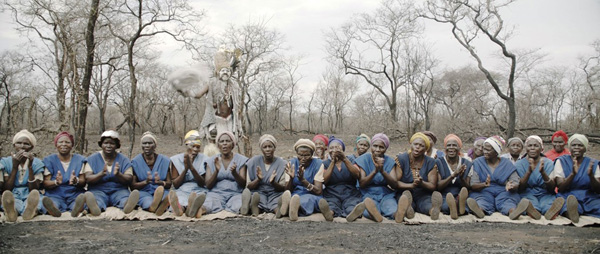
'I Am Not a Witch'
“I also find the Dkey, a keyer for working with layer mattes, one of the most effortless to work with across all the platforms. The DKey interface is a three-dimensional keyer, designed for selecting out a region of RGB space in order to create a precisely customised matte for creative grading. You use sliders to isolate the most useful range of colour for a specific operation. I use it a lot to patch things up where needed and for relighting, especially where shapes alone can’t give the right texture or definition.”
Cinematography and Colour
The Base Grade concept from Baselight version 5.0 had just appeared at the time they were working on 'I Am Not a Witch' and Matthew experimented with some of the associated tools. Being able to bring down highlights and reveal shadow detail with more precision than with curves was very useful, and removed the need for many of the luma keys - which key out pixels according to their brightness - that he would usually have been forced to create.
David Gallego’s cinematography made grading somewhat easier when it came to the wide open, relentless bright exteriors, and dealing with the variety of skin tones in the film. The Base Grade tools gave them the ability to quickly trim these looks without always having to delve into keys, especially in skin tones.
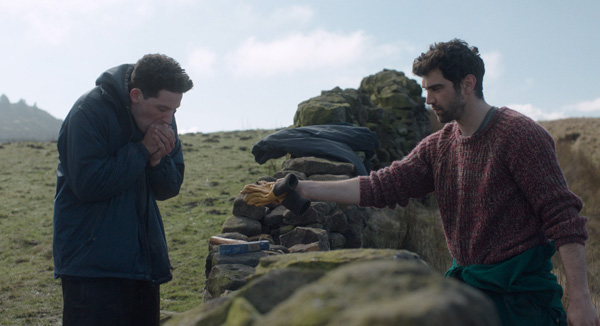
'God’s Own Country'
Regarding cinematographers more generally, Matthew said, “I’ve had my job made much easier by working work with some other great DPs as well. I’ve especially loved a couple of films I’ve worked on with an amazing cinematographer called Felix Wiedemann. 'The Go-Between', the recent BBC remake that won Felix the BSC Best Cinematography award last year, was one of them. Squeezing the most out of three days on a 90 minute drama is always a challenge, but I think it worked out nicely. 'Stratton', an action film I worked on with Felix, was also a lot of fun.”
Looking Ahead
Commenting on other new functionality in Baselight v5, Matthew said, “I love the Base Grade tweaking you can do in high and low lights. It digs out detail in a way that previously always took time with keys. Especially in the shadows, it gets rid of those muddy blacks you can get when trying to shift a scene’s contrast away from its base.
“I’m also a big fan of the Shader layer – by turning online and effects work into an accessible option, it has opened up a huge number of options for doing more than just adjusting colour. Baselight 5.0 supports plugins in Autodesk Flame’s Matchbox Shaders format so that effects can be viewed in context and take advantage of Baselight’s GPU performance. This ability extends what I can offer a client stylistically.”
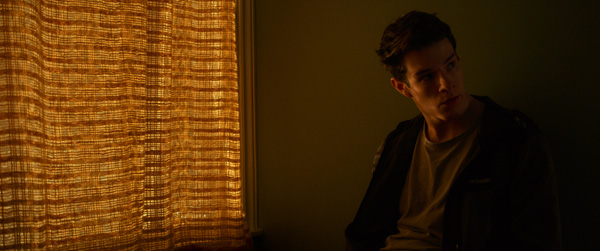
'VS.'
The Perspective Tracker has been very useful. When tracking an area, the shape alters to take perspective into account as the camera changes position relative to the tracked object. The Paint tool helps deal with small disruptive errors that otherwise mean pulling out of Baselight and into another application.
Like most other artists working with video, Matthew sees HDR in his future. He considered, “Like anything, it’s audiences that will drive its uptake. If the massive move to mobile devices is evidence of anything, it’s that content is king. If it’s engaging and entertaining, audiences are happy to absorb those stories and people on the smallest and simplest of devices. That said, I also think HDR brings an exciting extra dimension to the viewing experience, opening up a whole new set of opportunities creatively.
“It’s a brilliant thing we are exploring, but HDR does have to demonstrate that it can consistently give something more to audiences over the long term. It will most likely be those features that TVs will simply have as standard in the coming years, much like 4K is becoming now - a silent transition, whether the audience appreciates it or not. Once that happens, the difference on a TV between a production that’s invested in an HDR version will clearly distinguish itself from an SDR show – that is when it will really snowball.” www.filmlight.ltd.uk



